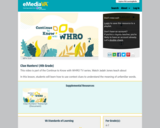
This video is part of the Continue to Know with WHRO TV series. Watch Jadah Jones teach about
- Subject:
- English
- Reading
- Material Type:
- Lesson
- Visual Media
- Provider:
- WHRO Education
- Author:
- WHRO Education
- Date Added:
- 10/14/2020

This video is part of the Continue to Know with WHRO TV series. Watch Jadah Jones teach about
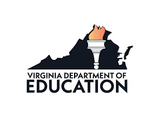
English Instructional Plan – Context Clues Grade 4-5

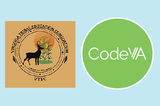
Making and eating fry bread is a special event for many Native American people. People began to make fry bread because sometimes in the past they only had a few things to make meals with. This lesson leads students through the history and heritage of fry bread with the book Fry Bread– A Native American Family Story by Kevin Noble and consider the similies and metaphors within the story, and then reflect on family traditions in their own culture and household through a flowchart of pseudocode. This lesson was created through a partnership between CodeVA and the Virginia Tribal Education Consortium (VTEC).
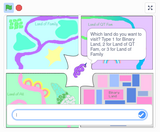
This lesson sequence offers students and teachers a way to explore their individual identities and sense of belonging through analyzing children’s literature and coding with Scratch. Through read-aloud activities and self-differentiated Scratch projects, students learn about the value of inclusion and explore and express ideas about their personal and social identities. Students will describe environments supportive of diversity, and reflect on their own identity as they create expressive projects about their sense of belonging. This sequence is made up of four lessons, though your students may need additional class time to work on their projects.This lesson sequence is part of CodeVA's committment to the U.S. Department of Education "YOU Belong in STEM" initiative.

Author: Katie Frazier, Museums at W&LStudents will examine a ceramic object made by David Drake (about 1800-about 1870), an enslaved person who lived on a plantation in Edgefield, South Carolina. As an enslaved individual, Drake was denied the basic rights of learning how to read and write. Despite writing being illegal for enslaved people, David Drake was known for writing his name and poetry on the ceramics he made. He wanted to express his feelings about life, religion and his own identity as an enslaved person.
English Instructional Plan – Using Context to Determine Meaning of Unfamiliar Words Grades 3-5
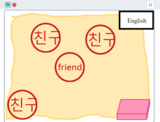
This lesson sequence offers students and teachers a way to explore gender and cultural identity through analyzing children’s literature and coding with Scratch, specifically exploring the importance of names to our identities. Through read-aloud activities and self-differentiated Scratch projects, students learn about the importance of names in reference to both gender and culture, and have a chance to explore and express ideas about their own names, brainstorm creating school environments supportive of diversity, and reflect on their own bravery and resilience. This sequence is broken into seven lessons, though your students may need additional class time to work on their projects.This lesson sequence is part of CodeVA's committment to the U.S. Department of Education "YOU Belong in STEM" initiative.
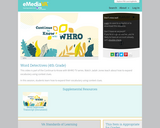
This video is part of the Continue to Know with WHRO TV series. In this session, students learn how to expand their vocabulary using context clues.